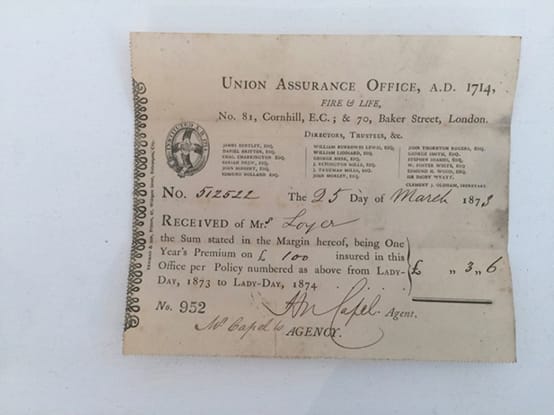Witness the Works of an Anglophile, Van Gogh
- Alessandro Berni

- Mar 27, 2019
- 2 min read
“I dream my painting and I paint my dream.” ― Vincent Willem Van Gogh.
Just like any other artist Vincent van Gogh, who did not discover his artistic capabilities up until 1880, had great passion for art.
Following the discovery, of a trove of Van Gogh’s documents in his home in London, Tate Britain will be presenting a ‘Van Gogh life history’. ‘The EY Exhibition: Van Gogh and Britain’ will be the largest collection of Vincent Van Gogh’s paintings in the UK for close to a decade, bringing together his 45 works. Some of his most famous works will also be brought together from around the world. The exhibition will also showcase Van Gogh’s love with British culture, how he was inspired by Britain and how he also inspired British artists.
According to the co-curator of the exhibition Martin Bailey, the recovered documents which were found underneath the floorboards of the apartment, include; a 1867 Penny Pocket volume of prayers and hymns, insurance papers signed by Van Gogh’s landlady Ursula Loyer, watercolor paintings (not Van Gogh’s) and other documents.The prayers and hymns book is likely to have belonged to Ursula or his daughter, however it is possible that Van Gogh also read it as a newly devoted Christian.The now owners of the apartment Jian Wang and Alice Childs, made the discovery when they began renovations on the property at 87 Hackford Road.
The couple, which bought the apartment in Stockwell, South London for £565,000 ($748,000) in 2012, says they hope the ongoing renovations overseen by their daughter Livia, convert it into a residence for visiting Chinese artists. Though the apartment had been damaged during World War II, it had undergone partial repairs and still possesses its original interior from the 1850s.
Vincent Willem Van Gogh
During his stay in London, Van Gogh, a Dutch Post-Impressionist painter was referred to as an anglophile. He devoted himself to Christianity and later became a missionary but failed the entrance examination to study theology and in turn started practicing artistry. Among the most famous and influential figures in Western art, Van Gogh created about 2,100 artworks, including around 860 landscapes, still lives, portraits and self-portraits oil paintings, most of them in the last two years of his life. Van Gogh’s success was not recognized until his death when he committed suicide and exists to the public as a misunderstood genius, an artist with discoursed madman and creativity.
‘The EY Exhibition: Van Gogh and Britain’ is on view at the Tate Britain, Millbank, London, March 27–August 11, 2019.










Comments